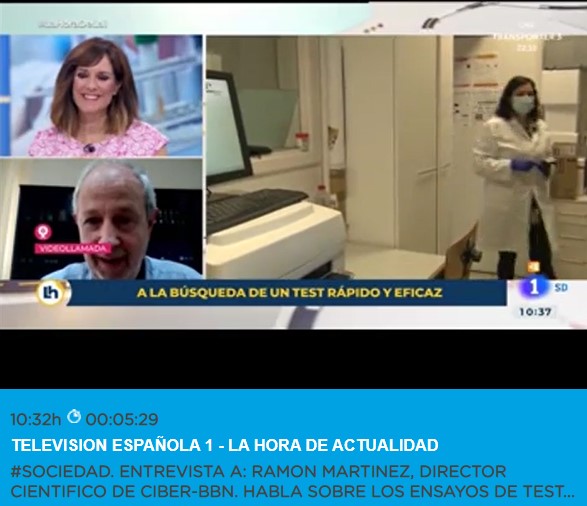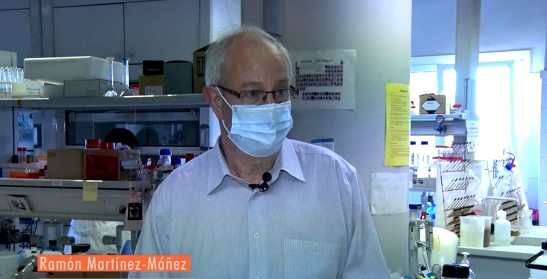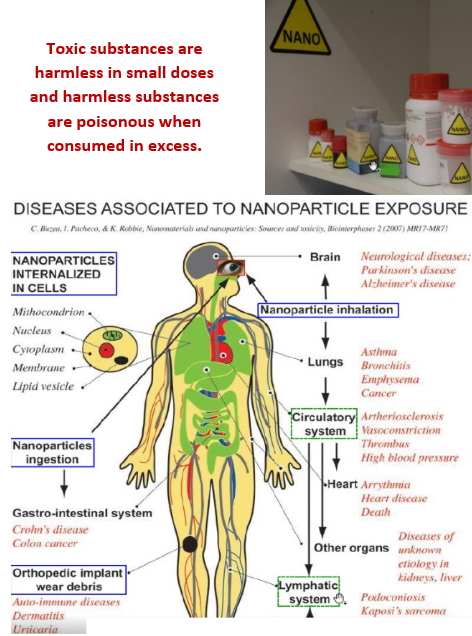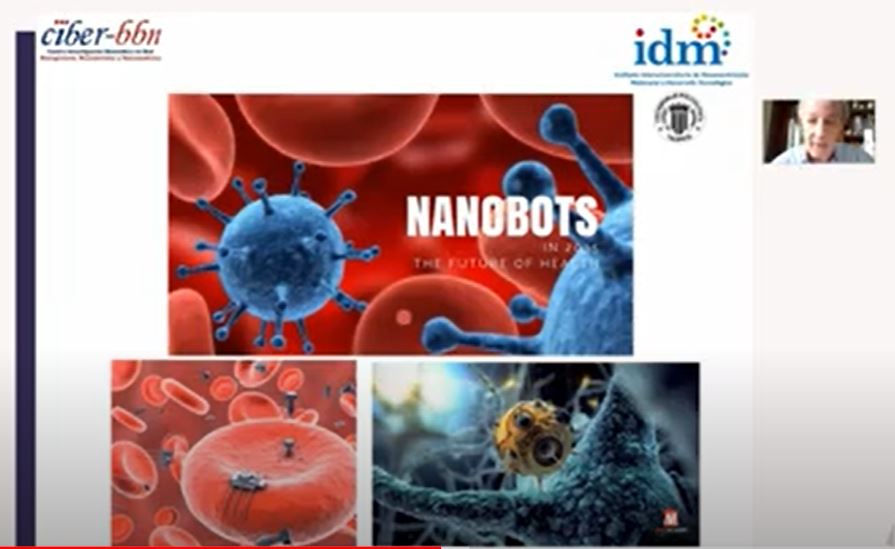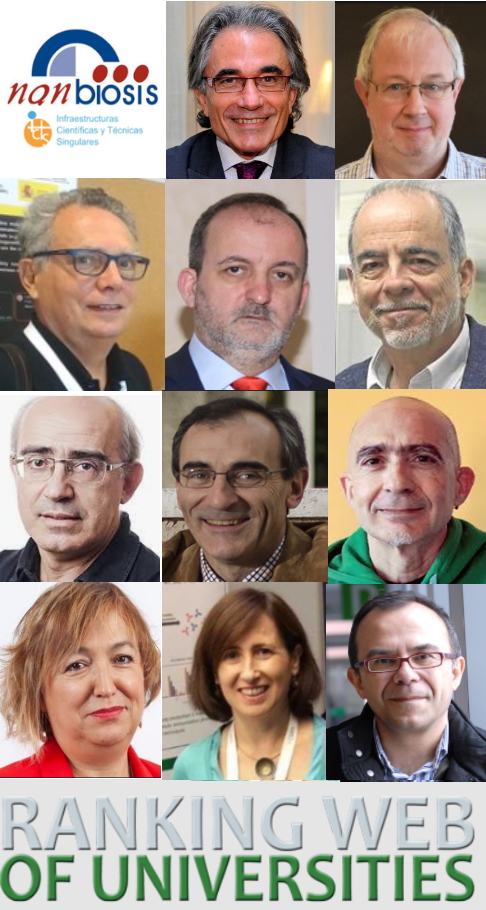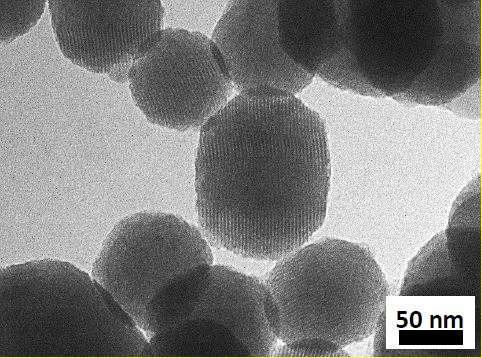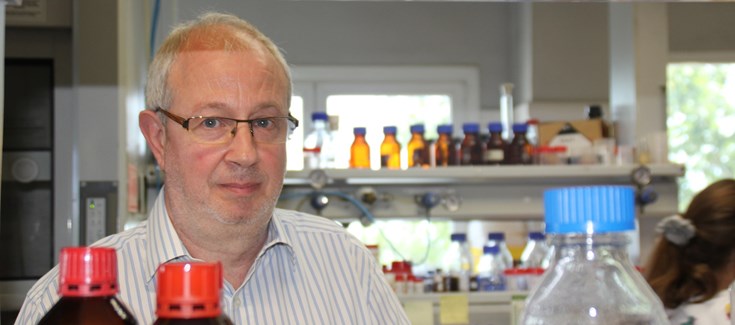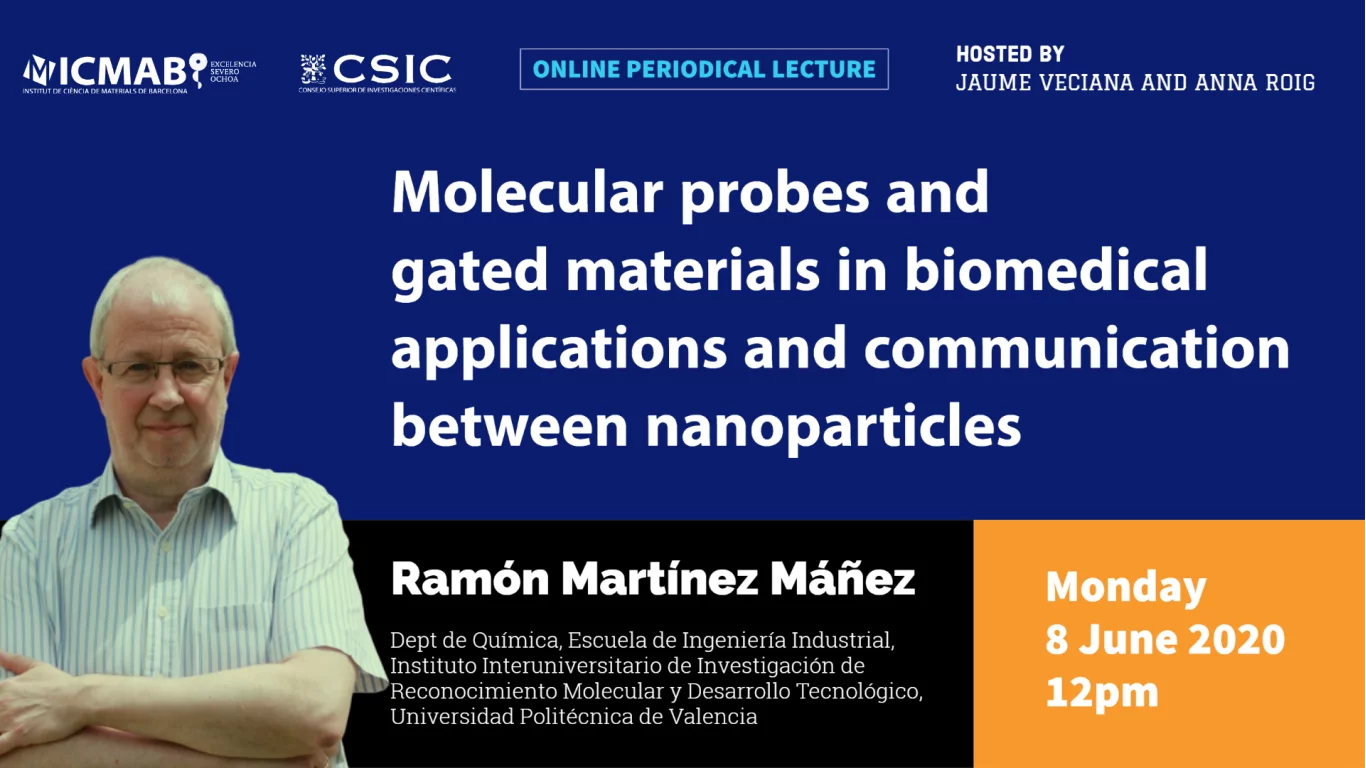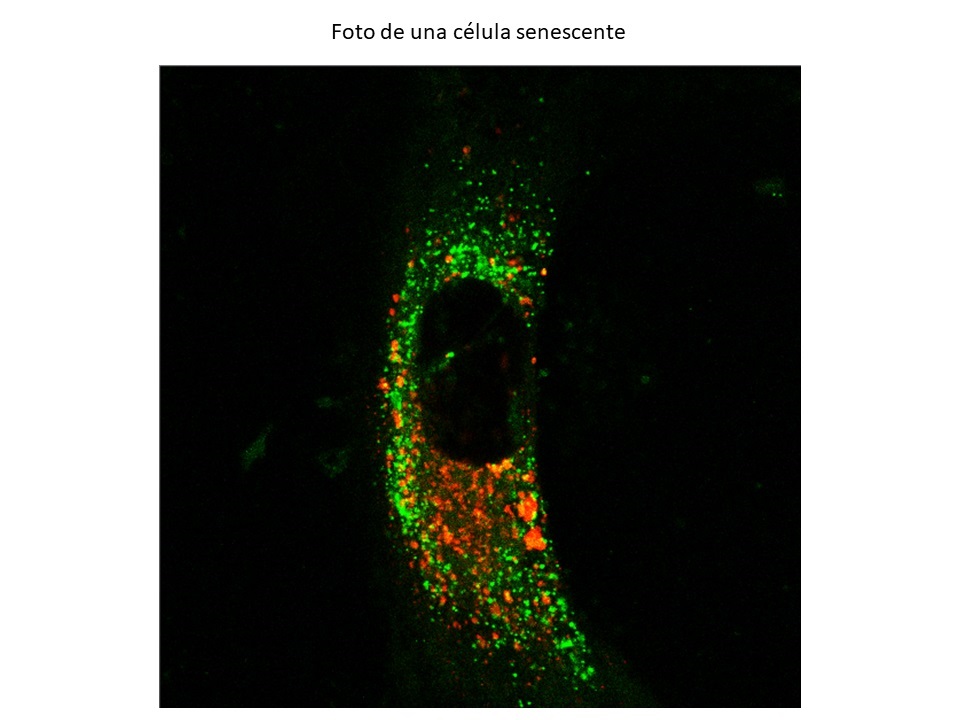New test trials to diagnose Covid 19: Ramon Martinez, Scientific Director of CIBER-BBN is interviewed by Spanish Television
Ramón Martinez, Scientific Director of CIBER-BBN and NANBIOSIS unit 26 NMR: Biomedical Applications II is interviewed by Spanish Television about the research he is coordinating at the Polytechnic University of Valencia to develop new tests as an alternative to PCR.
Dr. Elena Aznar CIBER researcher at IQMA-IDM-UPV group explains how work these test that allow to diagnose quickly, easily, reliably and cheaply if a person is or has been infected by the SARS-COV-2 virus. Ramón Martínez Máñez, leader of the project, reports on the point where the investigation is, as well as the difference of these tests with PCR or antigen tests. These tests implement a technology of the research group that has already been used for other pathogens and that they try to adapt to the COVID virus. “My impression – explains Dr. Martínez – is that the time will come when these tests can be sold in pharmacies and can be used by the users themselves. At the moment we have to see if they work in patient samples and then adapt it so that be a marketable kit by an interested company “
The interview can be whatched here:
